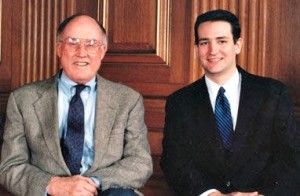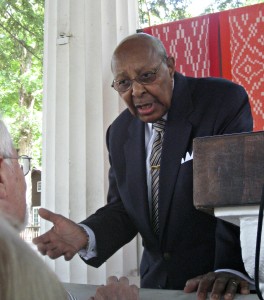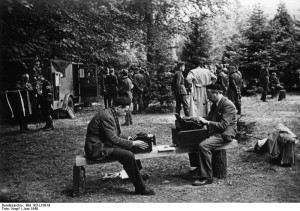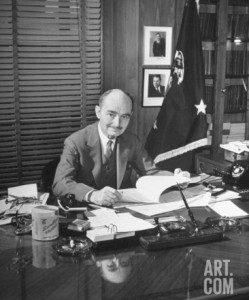Last Friday, June 5th, police in McKinney, Texas, a Dallas suburb, were called about some kind of fight or disturbance at a community pool in the Craig Ranch subdivision. At the scene, the police found teenagers in swimsuits. At some point, one officer, Cpl. Eric Casebolt, roughly threw a fifteen-year-old girl, who was wearing an unthreatening bikini, to the ground. He also drew and pointed his gun at two other kids. They ran away, and luckily no shot was fired.
At least two kids recorded these events on their phones and then made the videos public—click here to view one compilation of the videos.
Corporal Casebolt is white and many of the kids involved are black. As the videos make plain, one dimension, maybe the defining and driving dimension, of this episode was and is race.
It also is about swimming pools. As Brit Bennett describes in today’s New York Times (click here), U.S. racism has a long history in the swimming pool context. Too often, for too many, there has been something ugly, indeed intolerable, about races being together, and with bodies somewhat exposed, near and in shared water.
In highlighting these very real and sadly revealing issues, Ms. Bennett did not mention the U.S. Supreme Court.
Of course the Court did much, especially beginning in the late 1940s and through Brown v. Board of Education (1954) and into the 1960s and later, to interpret and apply the Constitution’s limits on government racism.
But not always. Not with regard to swimming pools.
In 1962 and earlier, the city of Jackson, Mississippi, had five public parks with swimming pools. Four of its pools were officially open to whites only, and one pool was open to blacks only.
Black plaintiffs filed a federal lawsuit challenging this racial segregation. A federal Judge declared that it violated the Fourteenth Amendment’s Equal Protection Clause. The U.S. Circuit Court affirmed, and the Supreme Court declined to review the case.
In Jackson, the city council acted to end segregation in various public places and facilities: parks, auditoriums, golf courses and the zoo. But not the pools. The city decided to close its pools rather than to operate them on a racially integrated basis.
Black residents of Jackson filed a second federal lawsuit, challenging the constitutionality of these actions. They lost in the District Court and then in the Court of Appeals (by a vote of 7-6).
In June 1971, the U.S. Supreme Court affirmed that decision. In Palmer v. Thompson, the Court, by a 5-4 vote, held that the city’s decision to close its pools rather than to integrate them did not violate the Equal Protection Clause.
To read Palmer, click here.
The decision was, underneath the various Justices’ technical discussions of government action and inaction and their statements of personal disapproval of the city’s racism, a striking break from, if not the abandonment of, the Court’s leadership then in explicating our equality Constitution.





